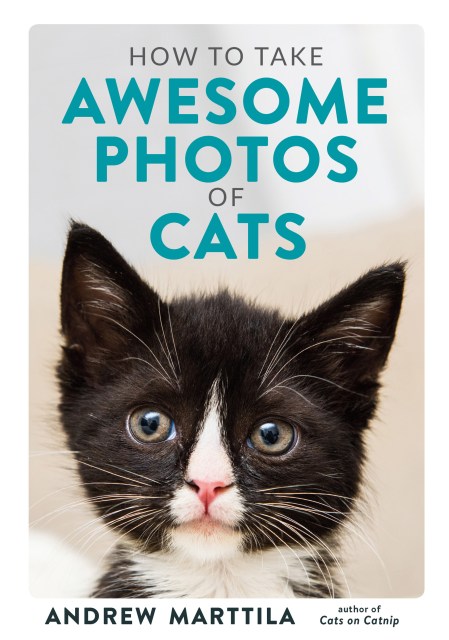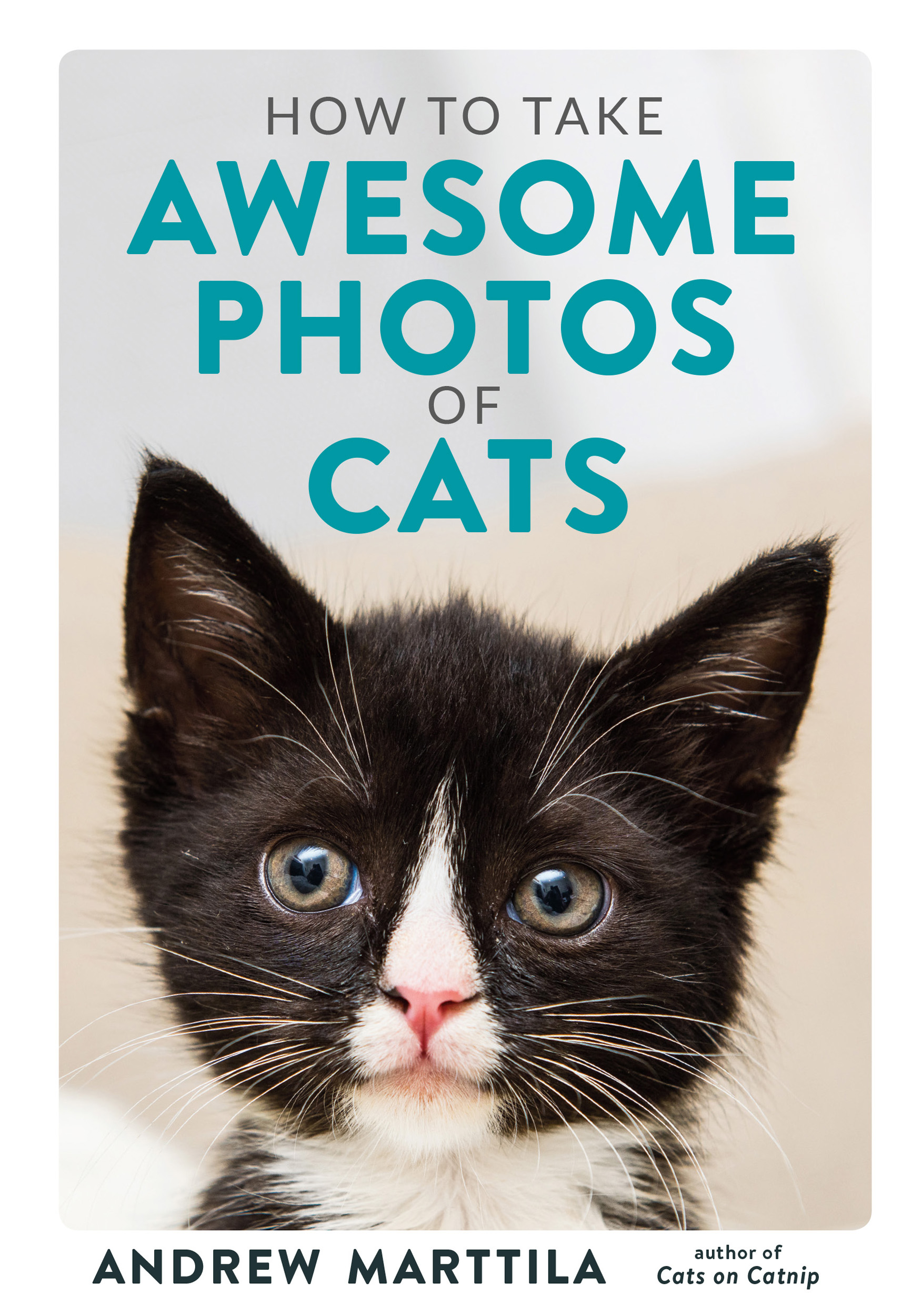Promotion
Use code MOM24 for 20% off site wide + free shipping over $45
How to Take Awesome Photos of Cats
Contributors
Formats and Prices
Price
$11.99Price
$15.99 CADFormat
Format:
- ebook $11.99 $15.99 CAD
- Hardcover $18.00 $23.00 CAD
This item is a preorder. Your payment method will be charged immediately, and the product is expected to ship on or around July 7, 2020. This date is subject to change due to shipping delays beyond our control.
Also available from:
A fun and practical guide to taking the perfect pics of your cat from the photographer of Cats on Catnip — a great gift for the feline fanatic in your life.
If you or someone you know loves a cat, chances are they love taking pictures of their cat, too. But cats can be tricky little guys to photograph — they move quickly when you want them to stay still and are sedentary logs when you’re going in for an action shot. Add to that all the variables of shooting indoors vs. outdoors, and it can be a difficult job.
Enter How to Take Awesome Photos of Cats, where professional cat photographer and popular Instagrammer Andrew Marttila (Cats on Catnip, Shop Cats of New York) walks you through all the steps you need to know to take perfect photos of your favorite feline. This lighthearted, gifty guide includes dozens of photos and shares practical information for both amateur photographers and experts alike, all told in a fun, accessible, and lighthearted way.
Whether you’re looking to take better photos with your phone or you’re trying to master the settings on your digital camera, this is the book that tells you everything you need to know to take awesome snaps of cats.
Genre:
- On Sale
- Jul 7, 2020
- Page Count
- 240 pages
- Publisher
- Running Press
- ISBN-13
- 9780762468591
Newsletter Signup
By clicking ‘Sign Up,’ I acknowledge that I have read and agree to Hachette Book Group’s Privacy Policy and Terms of Use







